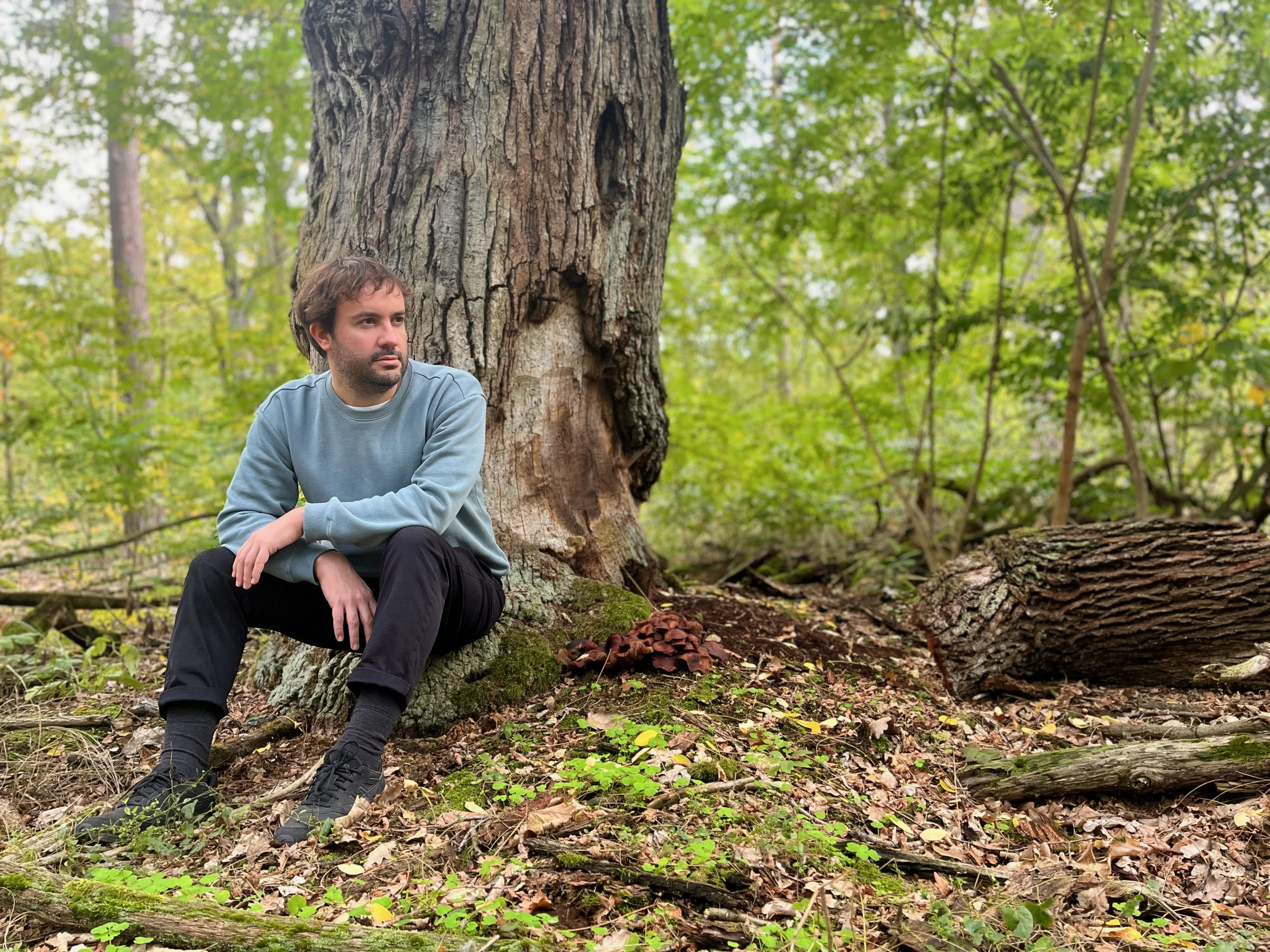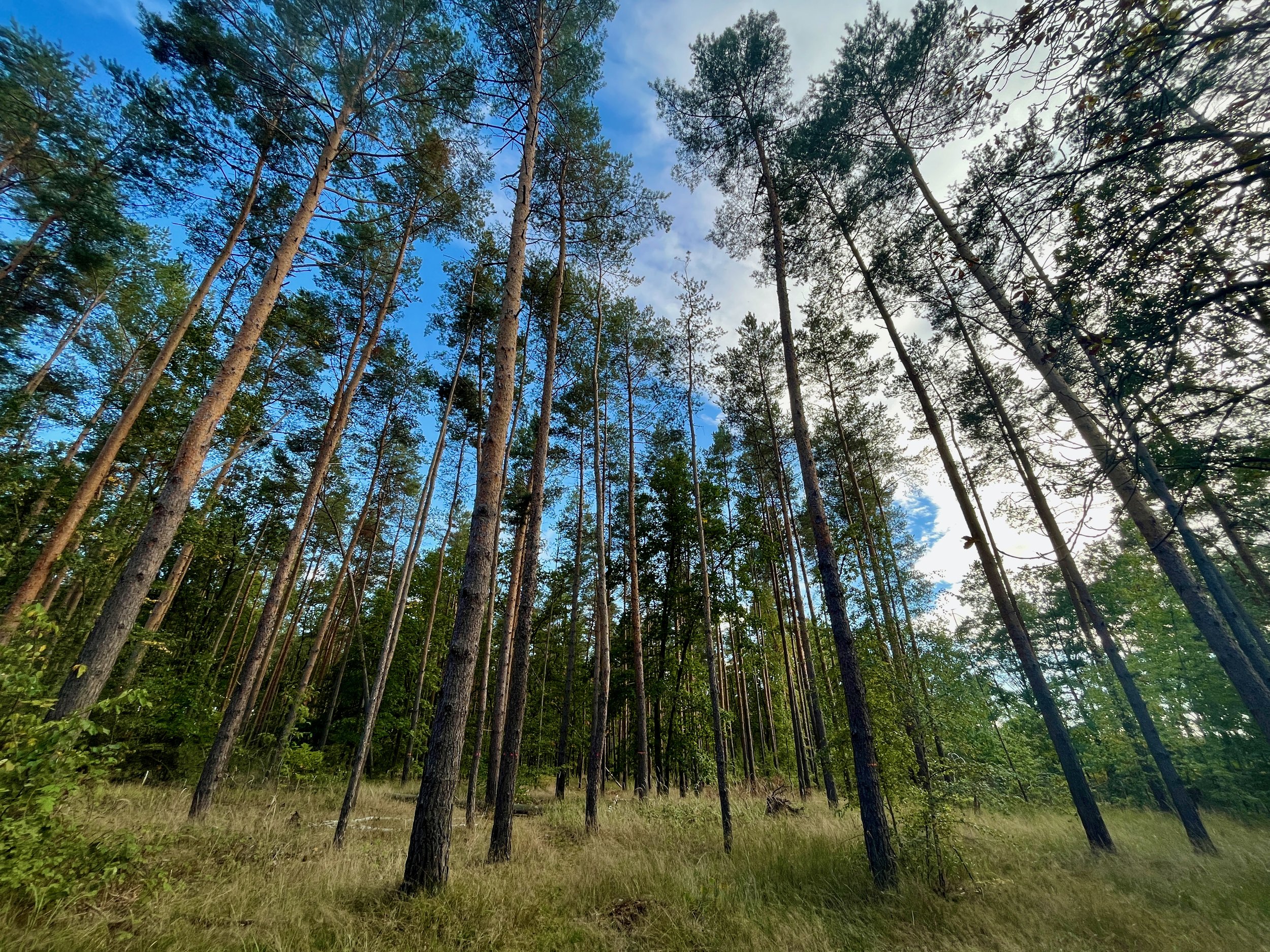SONIC GRUNEWALD FIELDS AN ALEJANDRO MOSSO ALBUM
Sonic Grunewald Fields is an ambient music album by Alejandro Mosso, ( who we proudly interviewed a while back) and is composed exclusively with field recordings of Berlin’s beautiful Grunewald forest. Each song of the album is named after a sonically meaningful location in the forest and only contains sounds obtained in that particular spot. The album elegantly balances nature and technology, passive recording and active composition, aleatory sound events and structured repetition.
It’s so nice to have you back Alejandro, so tell us what has most changed since we last spoke?
It has been quite a while since our last interview so many things have changed, but some have also remained the same. Over the last 15 years, I focused on touring with my live set and performing in clubs and festivals. I got to travel around the world to play my own music, which is a dream my young self couldn’t believe actually came true! This has not changed much, my main occupation is still playing live electronic club music and I enjoy it greatly.
Over the last five years, I have been expanding my artistic practice into other related fields like sound installation art, immersive audio, and light art. In 2020 I completed a Sound Studies and Sonic Arts master's at the Berlin University of the Arts, which offered me the environment to work and experiment with sound in a different and perhaps less structured manner. It has really been a wonderful experience to use my sound expertise in completely new ways and be able to present artistic works based on sound in environments like art galleries. Especially during pandemic times when touring was not possible.
How did you get involved in this project and how did the concept begin?
I come from the city of Mendoza in Argentina. This is a very dry area, basically a desert. So forests are not something I grew up surrounded by. The first time I visited the Grunewald forest I immediately fell in love with it. Having such a huge and fairly wild green space in the vicinity of the city is a big plus for Berlin.
Over the last 10 years, I have visited the forest countless times. It is a very dynamic place, as each season brings a completely new feeling to it. I always felt inspired by this forest and wanted to work on an artistic project somehow related to it.
Field recording is something relatively new to me and it requires a more passive role, a lot of patience, and attentive listening. This is a different artistic attitude from what I usually do: sound production, active creation, etc. So for this project, I tried to combine both in a balanced way. I used the recordings obtained in the forest as sound sources to create new instruments and textures. This involves a lot of digital sound processing and manipulation to achieve “musical sounding” elements, but since every sound in the album comes from the original recordings, the raw nature feeling is still very present. It is a musical response to what I heard in the forest, using its own sounds. Sometimes it sounds like a dialog and sometimes like a co-creation between the forest and I.
What was it like to record in the forest, who are the others that are involved with you in this?
I spent many hours walking through the forest, scouting locations, and recording different soundscapes. About 8 full-day trips were necessary to obtain the number of recordings I needed. As I am not an expert in field recording I had to do quite a bit of research in advance to avoid basic mistakes. From putting together the right recording kit and how to set it up in different locations to what to wear and what utilities you need to bring to not get lost and be safe from wild boars!
Being alone or with friends completely changes the experience of being in the forest. That is why for this project I worked entirely alone. It helped me to achieve a better connection with nature and to truly listen to the environment.
Is there a particular song in the album that means something very special to you, if so why.
They are all connected to the place I recorded the sounds and somewhat loosely to the emotional state that particular spot triggered. But I would say “52.494334, 13.233878” is my favorite. It was the first location I recorded in and it transmits a bit of that early excitement. I also really like "52.478997, 13.192308”, which contains water and underwater sounds from a beautiful spot on the shores of the Havel river.
Tell us more about the project, How did the commissioner of culture get involved?
The album is entirely composed exclusively with field recordings of Berlin’s Grunewald forest. Each song of the album is named with the coordinates of a sonically meaningful location in the forest and only contains sounds obtained in that particular spot. I worked on this project for about 6 months. I first started with research and location scouting, then a few months of recording in the field and visual documentation, and over the last two months I mainly focused on composition, mixing and mastering.
During Covid, the German government launched a recovery program called “NEUSTART KULTUR” to help artists, art institutions, and venues recover. I obtained an art grant to work on this project from Musikfonds (one of the institutions working with the program and focusing on avant-garde music and sound art). I think the program has been key in maintaining active the cultural life in Germany during these past years.
www.instagram.com/alejandromossomusic
www.soundcloud.com/alejandro-mosso




